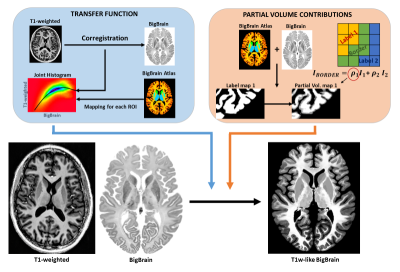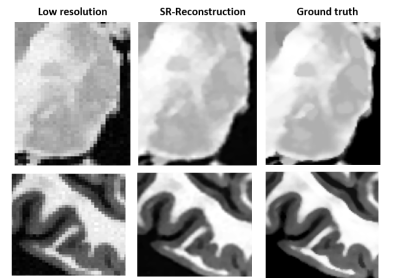Cristina Sainz Martinez1,2, Mathieu Lemay1, Meritxell Bach Cuadra2,3,4, and João Jorge1,2
1Systems Division, Swiss Center for Electronics and Microtechnology (CSEM), Nêuchatel, Switzerland, 2Medical Image Analysis Laboratory (MIAL), Center for Biomedical Imaging (CIBM), Lausanne, Switzerland, 3Signal Processing Laboratory (LTS5), École Polytechnique Fédérale de Lausanne, Lausanne, Switzerland, 4Department of Radiology, Centre Hospitalier Universitaire Vaudois (CHUV) and University of Lausanne (UNIL), Lausanne, Switzerland
1Systems Division, Swiss Center for Electronics and Microtechnology (CSEM), Nêuchatel, Switzerland, 2Medical Image Analysis Laboratory (MIAL), Center for Biomedical Imaging (CIBM), Lausanne, Switzerland, 3Signal Processing Laboratory (LTS5), École Polytechnique Fédérale de Lausanne, Lausanne, Switzerland, 4Department of Radiology, Centre Hospitalier Universitaire Vaudois (CHUV) and University of Lausanne (UNIL), Lausanne, Switzerland
The proposed
mapping approach can effectively produce a BigBrain-based computational phantom
with realistic MRI properties and behavior, thereby yielding an effective simulation platform at 100μm resolution for high-resolution MR methods development.

Figure 1: Schematic description of the contrast mapping approach, through
which a realistic “T1w-like” BigBrain image was obtained from a
lower-resolution T1w image and the high-resolution BigBrain image. This was
achieved by estimating and applying region-specific transfer functions between
the datasets (blue module), combined with a model for partial volume
contributions to properly reproduce region borders (orange).

